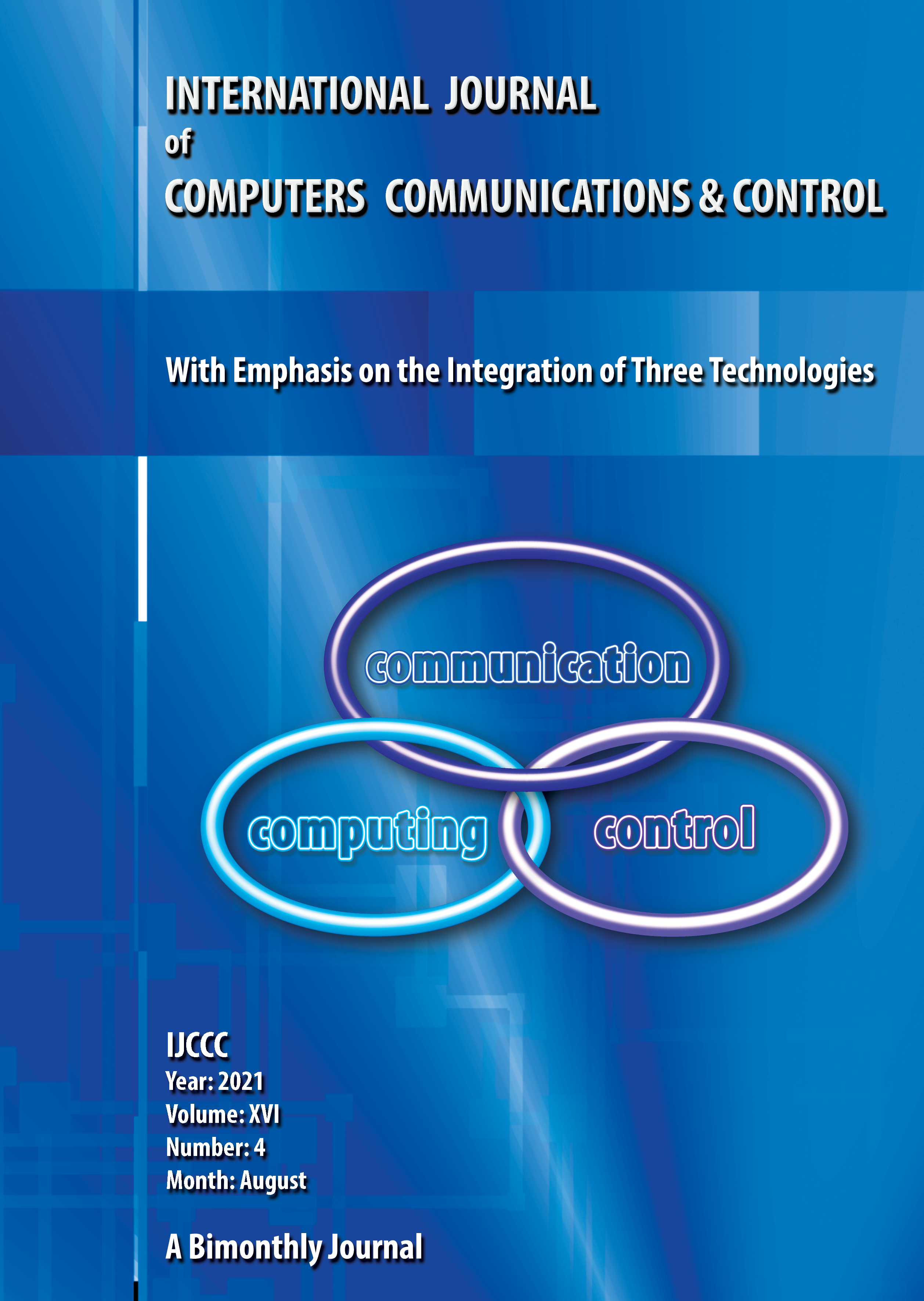Entropic Explanation of Power Set
Keywords:
Power set, Combinatorial number, Pascal’s triangle, Dempster-Shafer evidence theory, mass function, Shannon entropy, Deng entropyAbstract
A power set of a set S is defined as the set of all subsets of S, including set S itself and empty set, denoted as P(S) or 2S. Given a finite set S with |S|=n hypothesis, one property of power set is that the amount of subsets of S is |P(S)| = 2n. However, the physica meaning of power set needs exploration. To address this issue, a possible explanation of power set is proposed in this paper. A power set of n events can be seen as all possible k-combination, where k ranges from 0 to n. It means the power set extends the event space in probability theory into all possible combination of the single basic event. From the view of power set, all subsets or all combination of basic events, are created equal. These subsets are assigned with the mass function, whose uncertainty can be measured by Deng entropy. The relationship between combinatorial number, Pascal's triangle and power set is revealed by Deng entropy quantitively from the view of information measure.
References
[2] Deng, J., Deng, Y., 2021. Information volume of fuzzy membership function. International Journal of Computers Communications & Control 16, 4106.
[3] Deng, Y., 2016. Deng entropy. Chaos, Solitons & Fractals 91, 549-553.
[4] Deng, Y., 2020a. Information volume of mass function. International Journal of Computers Communications & Control 15, 3983.
[5] Deng, Y., 2020b. Uncertainty measure in evidence theory. SCIENCE CHINA Information Sciences 63, 210201.
[6] Fenton, G.A., Griffiths, D.V., 2008. Review of Probability Theory. Risk Assessment in Geotechnical Engineering.
[7] Fraenkel, A.A., Bar-Hillel, Y., Levy, A., 1973. Foundations of set theory. Elsevier.
[8] Gao, X., Pan, L., Deng, Y., 2021. Quantum pythagorean fuzzy evidence theory (qpfet): A negation of quantum mass function view. IEEE Transactions on Fuzzy Systems .
[9] Jaynes, E.T., 2004. Probability theory: The logic of science. Mathematical Intelligencer 57, 76-77.
[10] Jech, T., 2013. Set theory. Springer Science & Business Media.
[11] Kazemi, M.R., Tahmasebi, S., Buono, F., Longobardi, M., 2021. Fractional deng entropy and extropy and some applications. Entropy 23, 623.
[12] Kullback, S., 1997. Information theory and statistics. Courier Corporation.
[13] Liao, H., Ren, Z., Fang, R., 2020. A deng-entropy-based evidential reasoning approach for multi-expert multi-criterion decision-making with uncertainty. International Journal of Computational Intelligence Systems 13, 1281-1294.
[14] Lin, J., 1991. Divergence measures based on the shannon entropy. IEEE Transactions on Information theory 37, 145-151.
[15] Ross, S., 2009. A first course in probability. Upper Saddle River 6.
[16] Ryser, H.J., 1963. Combinatorial mathematics. volume 14. American Mathematical Soc.
[17] Shafer, G., 1976. A mathematical theory of evidence. volume 42. Princeton university press.
[18] Shannon, C.E., 1948. A mathematical theory of communication. The Bell system technical journal 27, 379-423.
[19] Van Lint, J.H., Wilson, R.M., Wilson, R.M., 2001. A course in combinatorics. Cambridge university press.
[20] Xiao, F., 2021a. CaFtR: A fuzzy complex event processing method. International Journal of Fuzzy Systems, 1-14.
[21] Xiao, F., 2021b. CEQD: A complex mass function to predict interference effects. IEEE Transactions on Cybernetics .
[22] Xinyang, D., Yebi, C., Jiang, W., 2021. An ecr-pcr rule for fusion of evidences defined on a non-exclusive framework of discernment. Chinese Journal of Aeronautics .
[23] Xue, Y., Deng, Y., 2021. Interval-valued belief entropies for dempster-shafer structures. Soft Computing, 1-9.
Additional Files
Published
Issue
Section
License
ONLINE OPEN ACCES: Acces to full text of each article and each issue are allowed for free in respect of Attribution-NonCommercial 4.0 International (CC BY-NC 4.0.
You are free to:
-Share: copy and redistribute the material in any medium or format;
-Adapt: remix, transform, and build upon the material.
The licensor cannot revoke these freedoms as long as you follow the license terms.
DISCLAIMER: The author(s) of each article appearing in International Journal of Computers Communications & Control is/are solely responsible for the content thereof; the publication of an article shall not constitute or be deemed to constitute any representation by the Editors or Agora University Press that the data presented therein are original, correct or sufficient to support the conclusions reached or that the experiment design or methodology is adequate.








